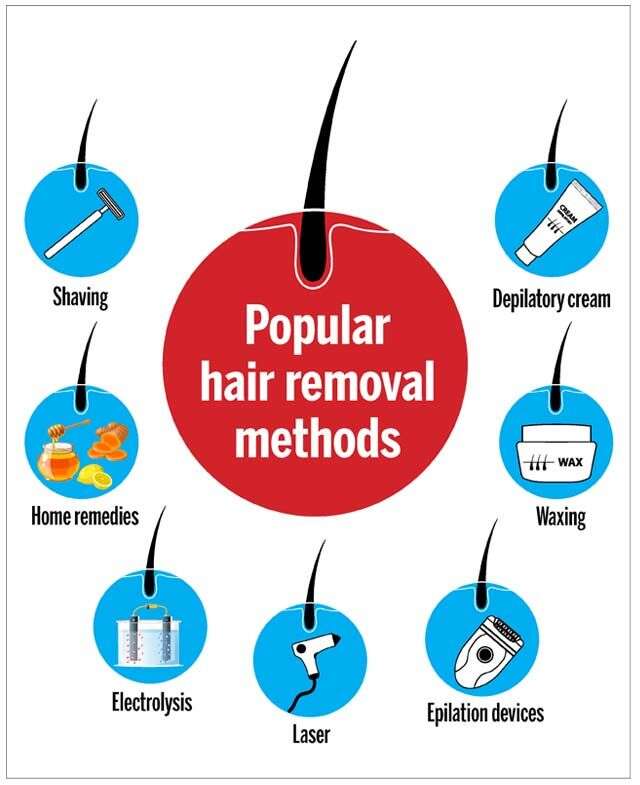
A history of hair removal
Shaving
Depilatory creams
Threading
Waxing
Tweezing
Epilation devices
Laser
Electrolysis
Home remedies
A history of hair removal

Like many other beauty rituals, the Egyptians may have been the first to start using this one as well. Ancient Egyptian women, dating back to the time of Cleopatra, used methods that ranged from tweezing to pumice stones and even the earliest forms of waxes which they harvested naturally from bees. We’ll take a look at how each of these methods work in the 21st century context in a bit, but it is truly astounding that these women taught themselves to innovate so early on! Later on, when the Greek and Roman empires were at their peak, it is believed that hair removal was reserved only for the upper classes – the first forms of cosmetic razors made their appearance in the 6th century BC by the King Lucius Tarquinius Priscus. Razors continued to be in vogue, and women started to use them in the 1700s and 1800s in Europe, although these were primarily targeted at men. Tweezers were used for excessive facial hair, while women used razors through the early to mid 1900s (with razors specifically meant for women making an appearance), until the wax strip was popularised in the 1960s. The late 1900s saw the advent of permanent hair removal techniques like laser and electrolysis, although it is only in the last decade that people have started using this effectively. Let us take a look at the most popular methods of hair removal today, the reasons they may work for you, and the downsides as well.
Shaving
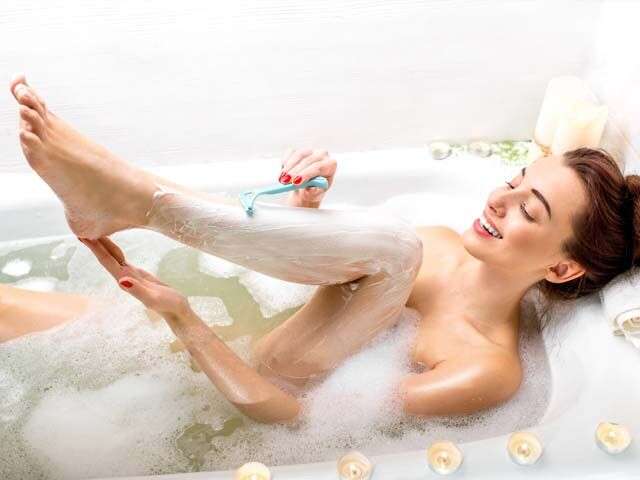
Shaving is perhaps the easiest, quickest, cheapest and most popular technique that one can use for hair removal across the body (ideally not the face!). It involves the use of a bladed tool, which should most ideally be a traditional ladies’ shaving razor, to slice the hair at the point where it meets your skin’s surface.
What it entails: Wet the area that needs to be shaved, then apply a shaving foam or shaving cream for women that is suited to your skin type. Lather all over the area to soften the skin and the hair, and ensure that you shave in the direction of hair growth, rather than against, to prevent razor-burn and ingrown hair. If you have very thick hair on the legs or underarms, you can make an exception for that alone. Finish off by rinsing your skin until it is free of the shaving foam and the hair, then pat dry and apply a soothing moisturiser with ingredients like aloe or chamomile.
The downsides: Shaving the hair doesn’t pull it out from the root, so you’ll start to see your hair grow back within a couple of days. It also leads to greater chances of ingrown hair. If you have extra sensitive skin, shaving could cause razor burn for this reason. Shaving over a period of time can cause dark spots. Also razor hygiene needs to be maintained, and you need to watch out for nicks and scrapes!
Depilatory creams
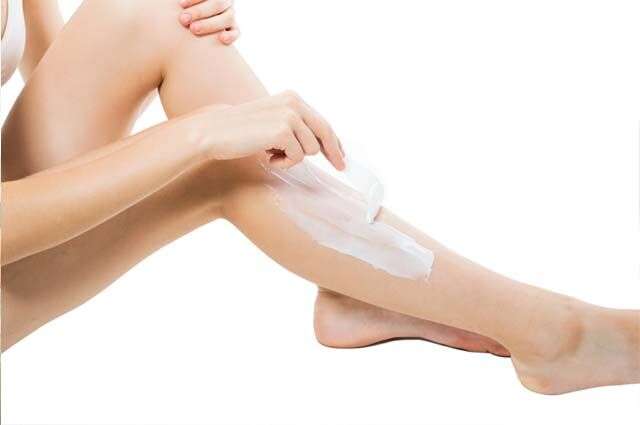
Hair removal creams once again breaks the hair from the point it meets the skin, by using chemicals that alter the keratin structure of the hair. This thins and weakens the base of the hair, where the cream is applied, and finally dissolves it until it comes away. It is perhaps the most pain-free method of hair removal!
What it entails: Clean your skin thoroughly with warm water and a disinfectant. Then apply a thin layer of the hair removal cream over the desired area. Leave for 5-10 minutes, or as per instructions on each box. Rinse off with lukewarm or room temperature water and gently pat dry.
The downsides: While it is more effective that shaving, hair grows back quickly due to the fact that it is not pulled out from the root. Also, certain people maybe allergic to the chemicals in the cream, so it is advisable to do a patch test and wait for 24-hours to see if there are any adverse reactions. Due to the chemicals, most hair removal creams have an unpleasant odour. Also, this is not advisable for the entire pubic area, although you can use it for your bikini line.
Threading
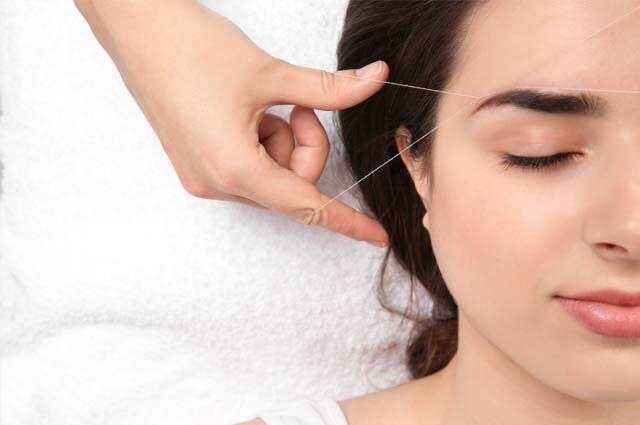
This unique technique originated in South East Asia and the Middle East, and is the buzzword for people wanting to remove unwanted hair from their eyebrows or upper lip. Threading is not just a hair-removal technique – it’s also an art, which allows you to shape your eyebrows in any desired manner to enhance your facial features. It is also long-lasting, since it pulls the hair out from the root, and natural since no chemicals or external substances are involved.
What it entails: This is not a DIY technique! You will need to use a skilled beautician or salon therapist (to minimise pain and also ensure no skin is scraped off along with your hair!), who uses a thread that is doubled, twisted and then rolled over the area to pluck out small sections of hair from the follicle. Using a soothing cream after plucking out one’s eyebrows is a must, to avoid redness and rashes.
The downsides: Threading is exceptionally painful! Especially since you’re pulling out clumps of hair from the most sensitive areas – around the eyebrows and upper lip. Also, threading more often than once in 2-3 weeks can result in sagging skin over a period of time.
Waxing
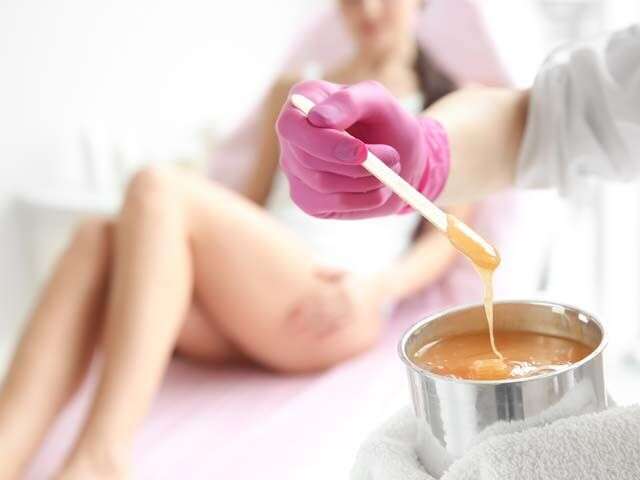
In India, given the texture of hair and hair growth, waxing is considered the ideal form of hair removal, since it again removes hair from the roots. This is ideal for temporary hair removal on the arms, legs, underarms, public region, hands, feet abdomen and back. Hair takes 4-6 weeks to grow back, which means you can spend a while flaunting hairless arms and legs in those skater dresses or tank tops. If you’re skilled, you can do this at home, but it is usually done as a salon procedure. It is also affordable, as opposed to permanent hair removal techniques, and is easy since groups of hair are removed at one go. Also, over a period of time, waxing can achieve permanent hair removal if the follicle weakens enough.
What it entails: Soft wax (approved for cosmetic use) is applied over the desired area with an object like a spatula or butter knife. Cloth or paper strips are applied over this, and pressed firmly into the skin. Then the strip is quickly ripped off against the direction of hair growth. These days, stripless or hard wax is also available, where the wax can be ripped off without the use of a cloth.
The downsides: Waxing is again painful when compared to shaving or creams, and can result in redness soon after use; first time waxers can experience mild bleeding or ingrown hairs if the hair is thick and coarse.
Tweezing
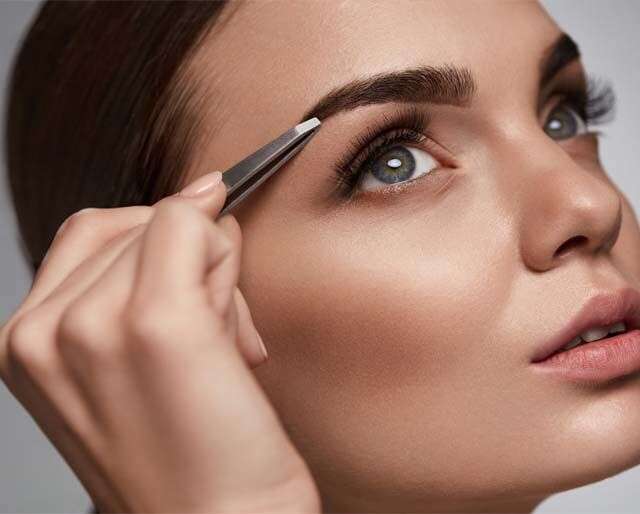
This is not a technique that you’d use to get rid of a vast amount of hair, but just to pluck the odd stray hair that might crop up and look out of place. It’s a great do-it-at-home fix for those last minute annoyances. A pair of tweezers is all you need, and it offers you control over even the shortest of hair.
What it entails: Aim the tweezers at the end of the unwanted hair, grasp firmly with the ends, and pull out slowly so that the hair comes out at the root. It’s as simple and quick as that!
The downsides: If you have a large area of hair that needs managing, this is quite obviously not the method to use – it would be tedious! Also, if you don’t do it right, you can injure yourself by causing small scabs or scars. Lastly, tweezer hygiene needs to be maintained, or you could ruin your skin.
Epilation devices
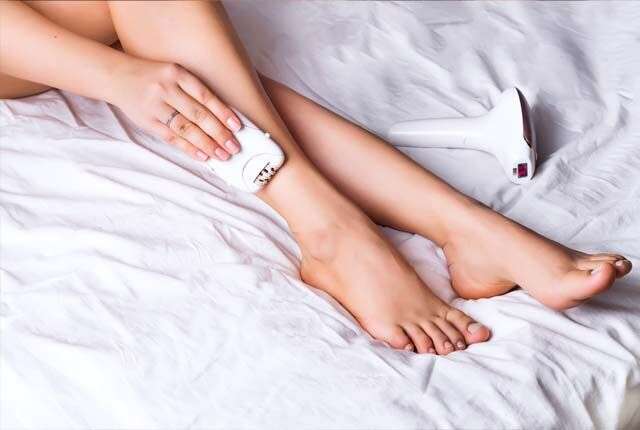
Wikipedia defines an epilator or an epilation device as ‘an electrical device used to remove hair by mechanically grasping multiple hairs simultaneously and pulling them out’. Epilators can be corded, or use battery, and can come with a number of fittings – ranging from special heads for harder to reach areas, or exfoliation attachments.
What it entails: Basically you plug them in, and depending on the type of epilator, run them over your skin slowly so that they pull out hair at the roots as they either move across as rotating discs or as tweezers, both of which capture the hair and then pull it out. Some epilators also have wet use benefits, which means you can shower, apply a moisturising foam or gel, and use the epilator while the skin and hair are still wet, so as to reduce the pain and irritation.
The downside: Epilators don’t have too many downsides. They’re a one-time investment that can last for years if used properly. The same downsides to waxing apply to epilators – ingrown hairs, pain and possible redness.
Laser

In recent times, laser hair removal is catching up as a means to do away with hair permanently. While to some this may sound daunting, and to others it may seem like the key to a carefree future that doesn’t involve day to day hair removal, it is important to understand the full facts of laser before opting for it. The benefits are of course, smooth hairless skin with little or no maintenance (once the laser rigmarole is over), no ingrown hairs, frequent redness and so on.
What it entails: First, you will need to shave hair off the area that you want to laser, since it can otherwise react to the hair on the skin’s surface. Then the actual laser works by sending light through the pigment in the hair. This converts to heat and damages the hair follicle and bulb. As this is done (sensitive skins may feel some pain on areas where the skin is thin), a cooling mechanism sends a blast of cold air to counter the impact of the laser.
The downsides: The expense, to start with. Laser doesn’t come cheap. Secondly, it doesn’t involve a one-time sitting where you go and you’re hair-free. It takes around 2-3 weeks and multiple sittings to see results. Also, no gyms, makeup, spas or saunas for you post the laser treatment. Post-laser care is also tiresome and you will need to use specific products recommended by your dermatologist, as well as avoid scrubs, glycolic acid and retinol creams. Also, laser is not hundred percent permanent – some hairs start appearing 3-4 years after you get it done, so you may need to visit for a touch-up.
Electrolysis

This was the precursor to the laser method of hair removal, although laser is more popular. Electrolysis is also a permanent hair removal method, and one which can be used on all skin types and hair colours, as opposed to the laser treatment where very dark skins or white hair cannot be targeted. There are no permanent side-effects if implemented properly, and the hair loss really is permanent!
What it entails: Rather than identifying the pigment in the hair and destroying it, electrolysis destroys the follicle itself using heat or chemical energy. A fine probe is inserted into each follicle and the hair is then removed with tweezers.
The downsides: Unlike laser, it is a tad painful. Although advanced methods have reduced the levels of pain, there is no denying that it is still an invasive process. Also, you need to choose a good practitioner, or you could end up with permanent scarring.
Home remedies
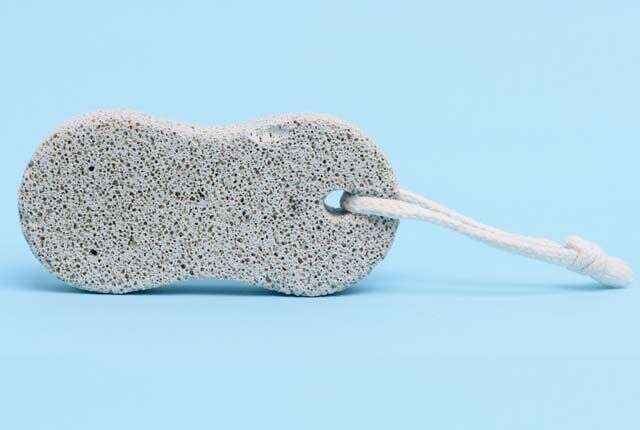
If you want to stick to tried and tested hair removal home remedies, use these tips to get started!
1) Wet a pumice stone gently all over damp skin. The pores in the stone are useful to capture hair and remove them. Moisturise afterwards.
2) Mix one egg white with a tbsp of sugar and half a tbsp of cornflour. Mix and apply all over face and neck. Peel off gently after leaving for 15-20 minutes – this will remove facial hair with it, thanks to the binding properties of egg whites!
3) Use papaya for a special enzyme called papain weakens the hair follicles naturally! This is not a quick fix, but a lifestyle choice that will yield results over time. Just use 1-2 tbsp of mashed papaya and apply all over skin. Leave on and then wash off with lukewarm water. Pat dry.
4) Turmeric has many skin benefits, and hair removal is just one of them – it operates on a long-term principle similar to the papaya. Mix 3 portions turmeric with one portion curd or milk. Spread onto the face and leave for about 10 minutes or until the mix hardens. Use some water and loosen the mask, scrubbing gently in circular motions for a minute. Rinse and pat dry.
5) It is believed that drinking spearmint tea everyday could reduce unwanted facial hair that is a result of hormonal imbalance, since it balances the testosterone levels in your body.
Next Story